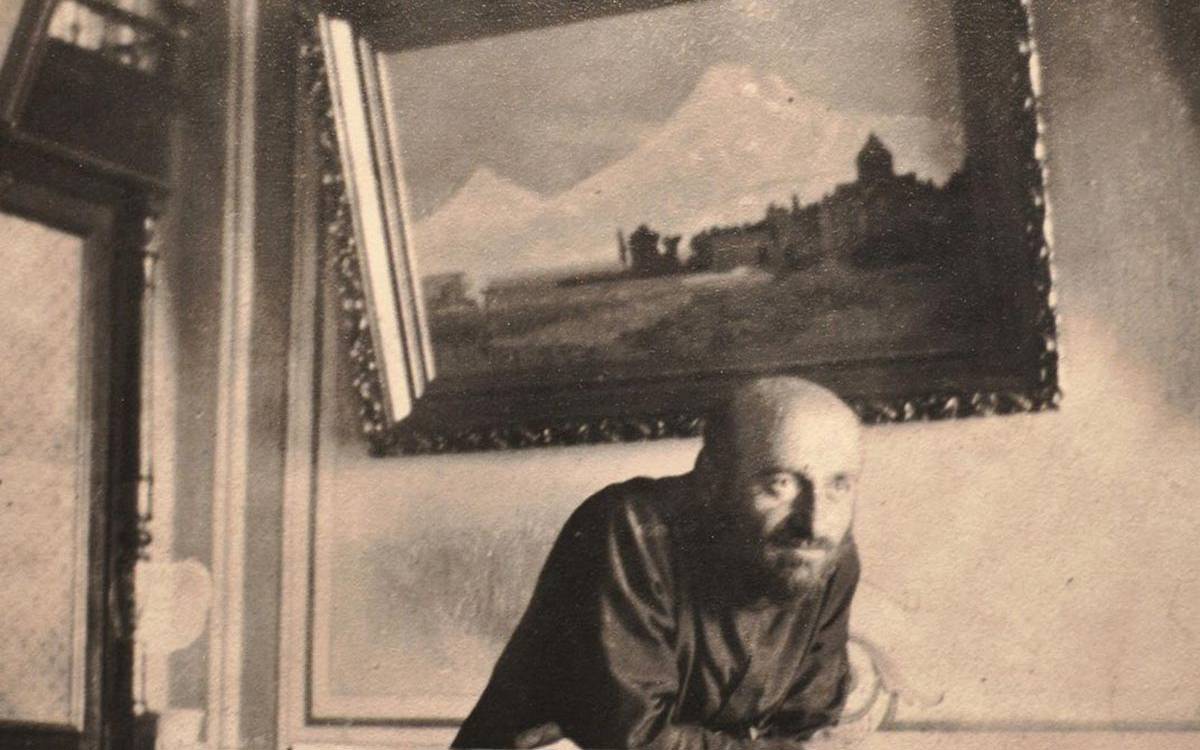Gomidas' works designated UNESCO World Heritage


In a unanimous decision by the UNESCO Executive Council, the works of Gomidas have been officially recognized as "World Heritage."
Gomidas's compositions join the ranks of UNESCO's international registry alongside Mesrop Maşdots Matenadaran's ancient manuscript collection, astronomer Benjamin Margaryan's research on galaxies, and composer Aram Haçaturyan's handwritten notes and film music collection, making it the fourth Armenian heritage site under UNESCO.
Nikolay Kostandyan, Director of the Gomidas Museum, expressed his delight during a press conference, emphasizing that this development coincides with the museum's celebration of its 9th anniversary.
Kostandyan highlighted the significance of Gomidas's works being included in UNESCO's international registry, attributing this achievement to seven to eight years of intensive effort and collaboration between the museum, the Ministry of Education and Culture, and the Ministry of Foreign Affairs.
The "World Heritage List" encompasses items deemed to hold exceptional value and documents, manuscripts, audio-visual materials, library collections, and archives that are considered crucial for the preservation of humanity.
About Gomidas
Gomidas Vartaped, born as Soğomon Kevork Soğomonyan, was a composer, ethnomusicologist, and choir conductor born in 1869 in Kütahya. Often referred to as the "founder of Armenian Classical Music," he faced early parental loss, growing up under his grandmother's care until 1881. Gomidas attended the Armenian Church seminary in Echmiadzin, becoming a priest in 1895. Taking the name Gomidas in homage to the 7th-century Armenian folk poet Catholicos Gomidas, he pursued musicology studies in Berlin in 1896, earning his doctorate in 1899.
On April 24, 1915, Gomidas, along with 234 Armenian intellectuals, was arrested in Istanbul and subsequently exiled to Çankırı. Later admitted to a sanatorium in Paris, he spent the remainder of his life there. (AÖ/VK)




